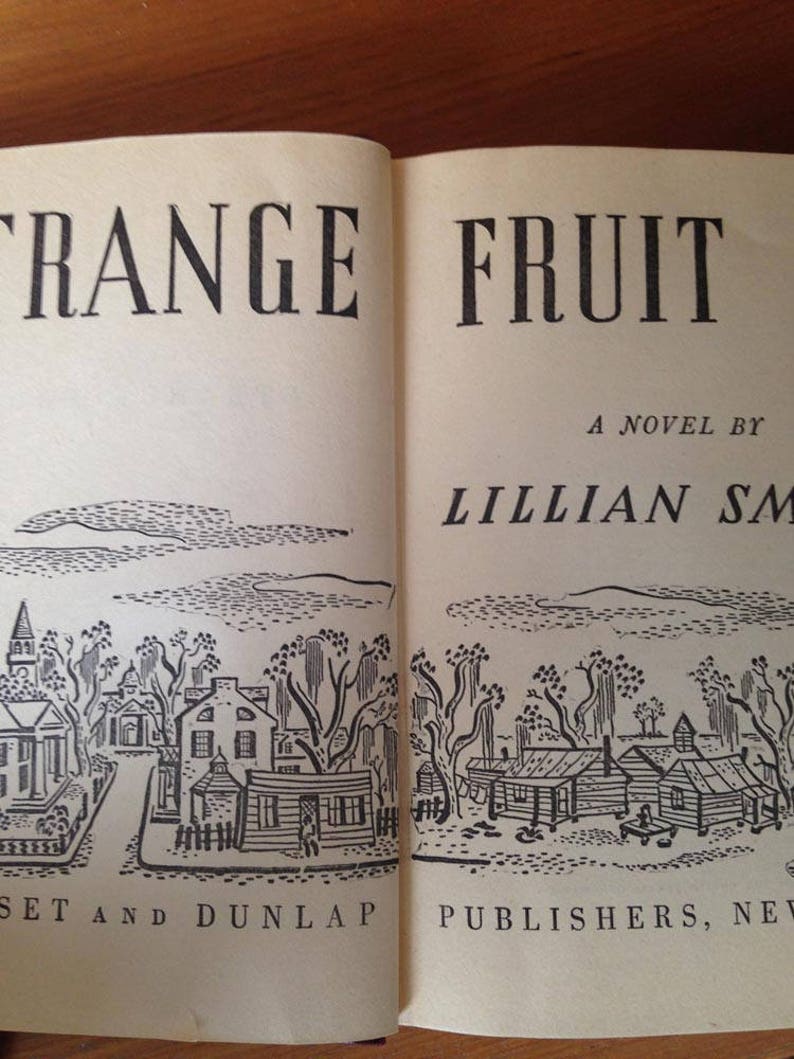

Yerby and Smith have caused me to look at my reflection and examine my own whiteness and the privilege contained within that whiteness. Over the years I picked up more books by Smith and Yerby and I began to read them, surprised to see how much they deviated from their contemporary Southern authors who glorified the old South. I bought the dusty, vintage books and placed them on the shelf, more as decoration than anything else. I picked up a couple of Yerby’s romance novels and one of Smith’s because the covers and the names of the novels caught my attention. I only happened upon their work in a Friends of the Library book sale in Lafayette, Louisiana. Frank Yerby and Lillian Smith were not taught in any of my African American, Southern, or American literature courses. The lynching-however awful-is peripheral compared with the depiction of psychological devastation.Both, in their own ways, challenged the social constructions of race and white supremacy in their writings.Īround 2011, during graduate school, I encountered two Georgia writers, who were calling readers, especially white readers, like myself, to challenge the vine-choking beliefs about race that are deep within us. Watching Tracy dragged back into the culture that raised him and thus failing to live up to his best self is enough to make readers tear their hair out. Remarkably, Smith induces almost as much sympathy for the faithless lover, white Tracy Deen, as for the betrayed one, colored Nonnie Anderson. (When published, the novel was banned by the US Postal Service.) It doesn’t, mainly because it really is a love story, though a most unhappy one.

One would think that such a book would feel dated, since barriers to interracial love and marriage have been drastically lowered, even in the South, if not entirely removed. Her oblique rendering of the lynching at the novel’s climax is masterly, worthy indeed of the Greek tragedians (and probably influenced by them). Her phrasing and timing, in each episode and in the structure of the whole, are rock solid. Smith is pitch-perfect in capturing a great range of voices among both races and all classes of the 1920s rural and small-town South, in a style that might be a fusion of Zora Neale Hurston and the early Eudora Welty.

I was expecting a tract and so was astonished by its amazing success as a work of art.

Best sellers of yesteryear often don’t wear well, so I have only recently read Lillian Smith’s Strange Fruit, in spite of having a sense of its political importance and iconic place in the canon of southern literature (and despite having once received a prize named after the author).


 0 kommentar(er)
0 kommentar(er)
